We all use electricity for many purposes. It reduces human workload by a huge margin. Without electricity, it would be very difficult for us to carry on our daily activities. Electricity is the main resource which is required for factories to run. The progress of a country partially depends on the amount of cheap electricity it can produce.
Electrical Cell
Electricity to the bulb is generally provided by the electric cell. Electric cells are used in alarm clocks, wristwatches, cameras and many other devices. We may have noticed that the cell has a small metal cap on one side and a metal disc on the other side. There is also a positive (+) sign and a negative (–) sign marked on the electric cell. The metal cap is basically the positive terminal of the electric cell. The metal disc is basically the negative terminal. All electric cells generally have two terminals; a positive terminal and a negative terminal.
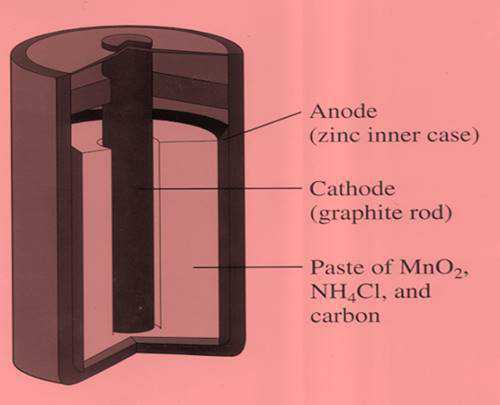
Electrical Circuit
- For electrical circuits, we have to connect one terminal of the electric cell to the other terminal through wires which are passing to and fro from the electric bulb. The two terminals of the electric cell have to be connected to the two terminals of the bulb. The electric circuit provides a complete path for electricity to pass between the two terminals of the electric cell. The bulb will glow only when some current flows through the circuit.
- In an electric circuit, the direction of current has to be taken from the positive to the negative terminal of the electric cell. When the terminals of the bulb are connected to the electric cell through wires, current will pass through the filament of the bulb. This will make the bulb glow. Sometimes we will see that electric bulb does not glow even when it is connected to the cell. This may happen as the bulb has fused.
- An electric bulb may be fuse due to many reasons. One reason for a bulb to fuse is a filament break A break in the filament of an electric bulb will prove to be a break in the path of the current between the terminals of the electric cell. Thus, a fused bulb will not light up as no current will pass through its filament.
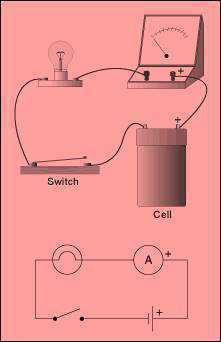
Electrical Switch
It is an element of the electrical circuit which is used to on or off the current flow in the circuit. A switch is basically a simple device that either breaks the circuit or completes it. The switch is used in the lighting of electric bulbs and other devices in home and it works on the same principle although their designs are more complex than we know.
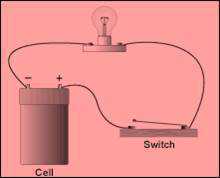
Electrical Insulator And Conductor
Insulator opposes the flow of current through it. It has huge resistance.
A conductor allows the flow of current through it. It has low resistance.
|
OBJECTS USED IN PLACE OF SWITCH |
MATERIAL USED |
BULB GLOWS ( YES OR NO) |
|
Eraser |
Rubber |
No |
|
Key |
Metal |
Yes |
|
Rubber |
Rubber |
No |
|
Matchstick |
Wood |
No |
|
Glass Bangle |
Glass |
No |
|
Iron Nail |
Metal |
Yes |
Recap
- Electricity to the bulb is generally provided by the electric cell.
- The electric circuit provides a complete path for electricity to pass between the two terminals of the electric cell.
- All electric cells generally have two terminals; a positive terminal and a negative terminal.
- A break in the filament of an electric bulb will prove to be a break in the path of the current between the terminals of the electric cell.
- A switch is basically a simple device that either breaks the circuit or completes it.
- Insulator opposes the flow of current through it. It has huge resistance.
- A conductor allows the flow of current through it. It has low resistance.

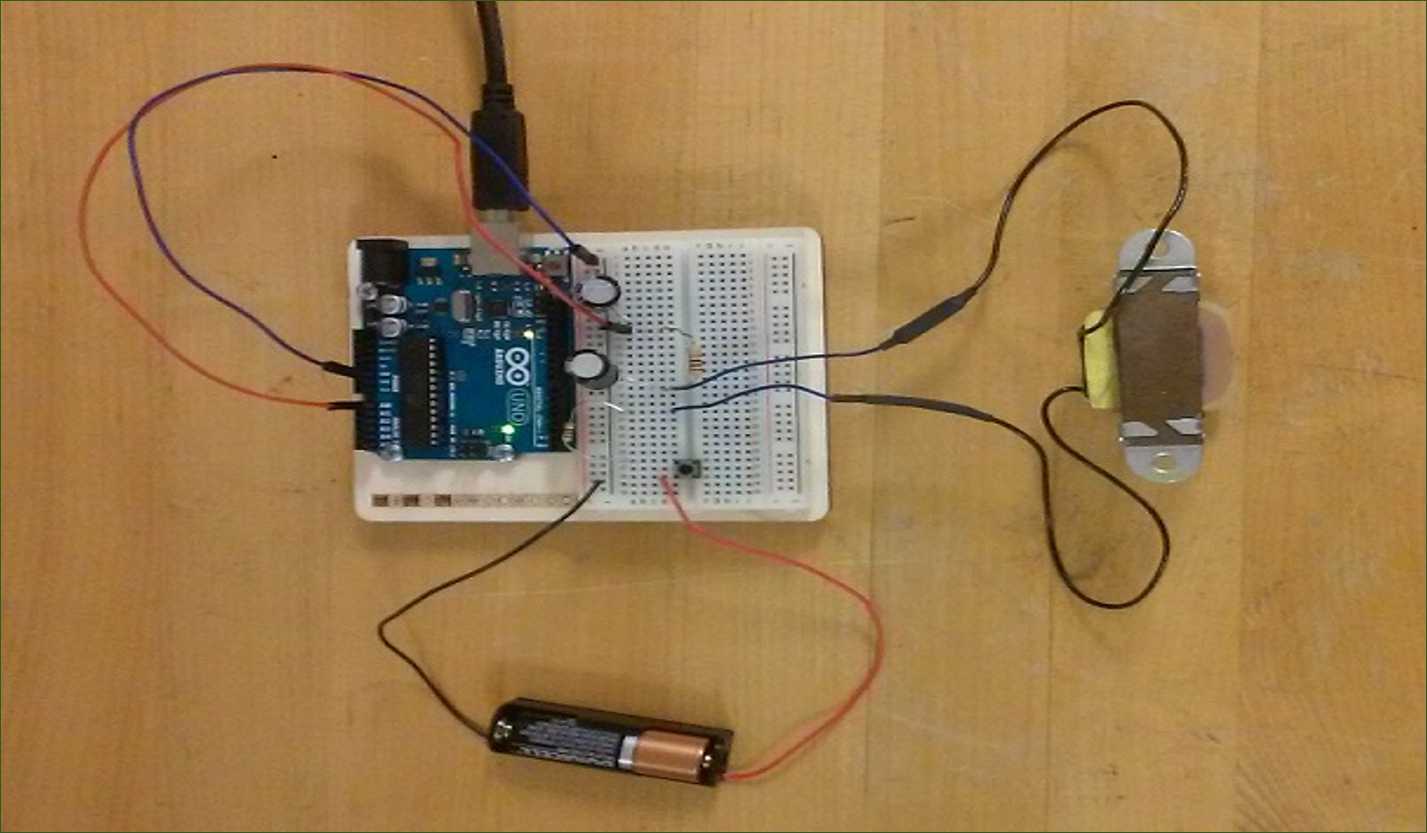

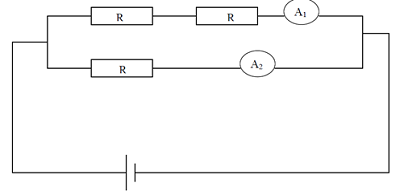













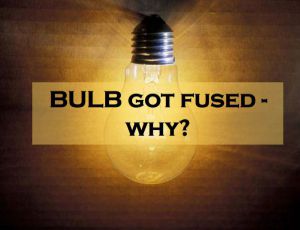









Comments